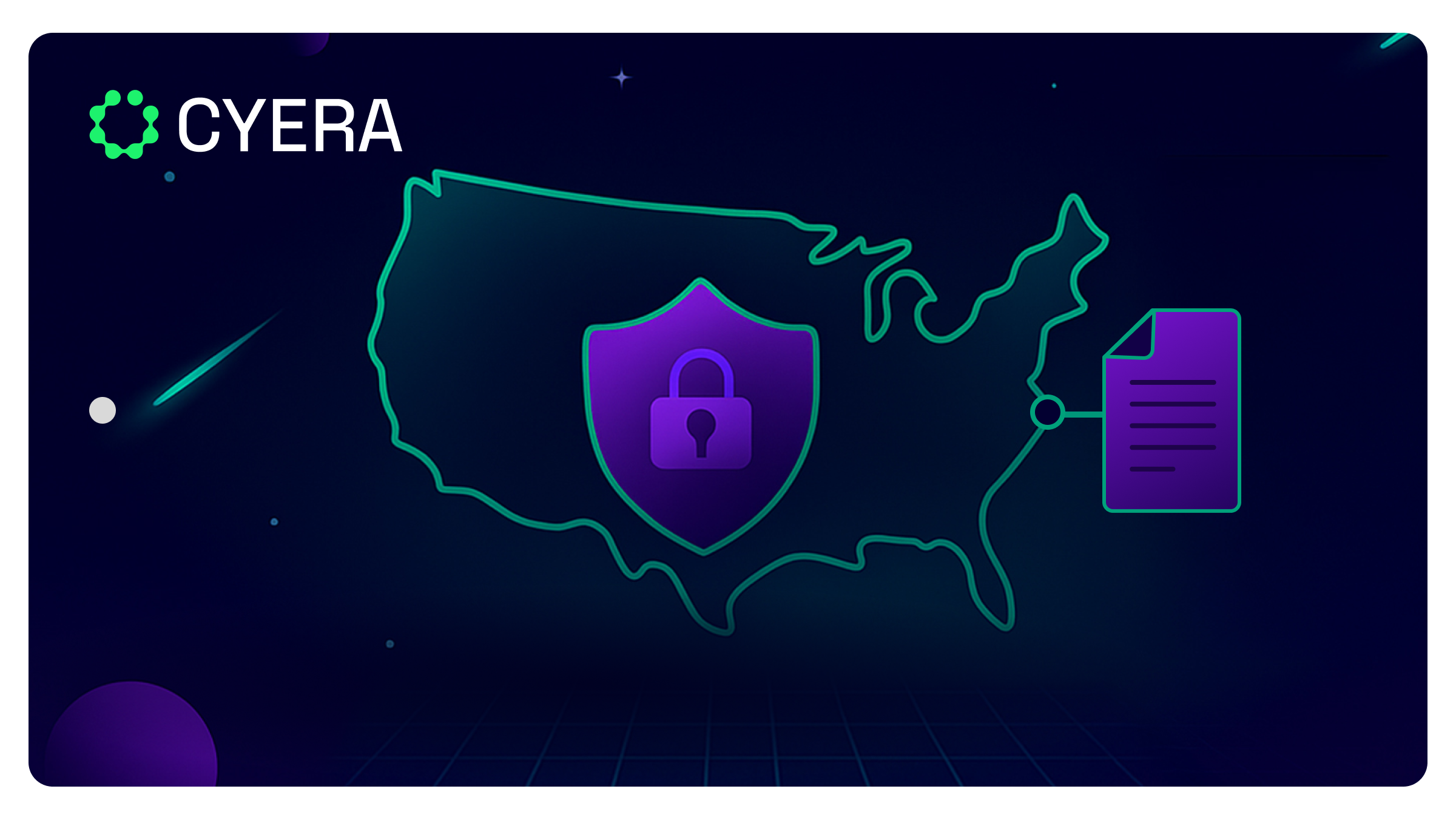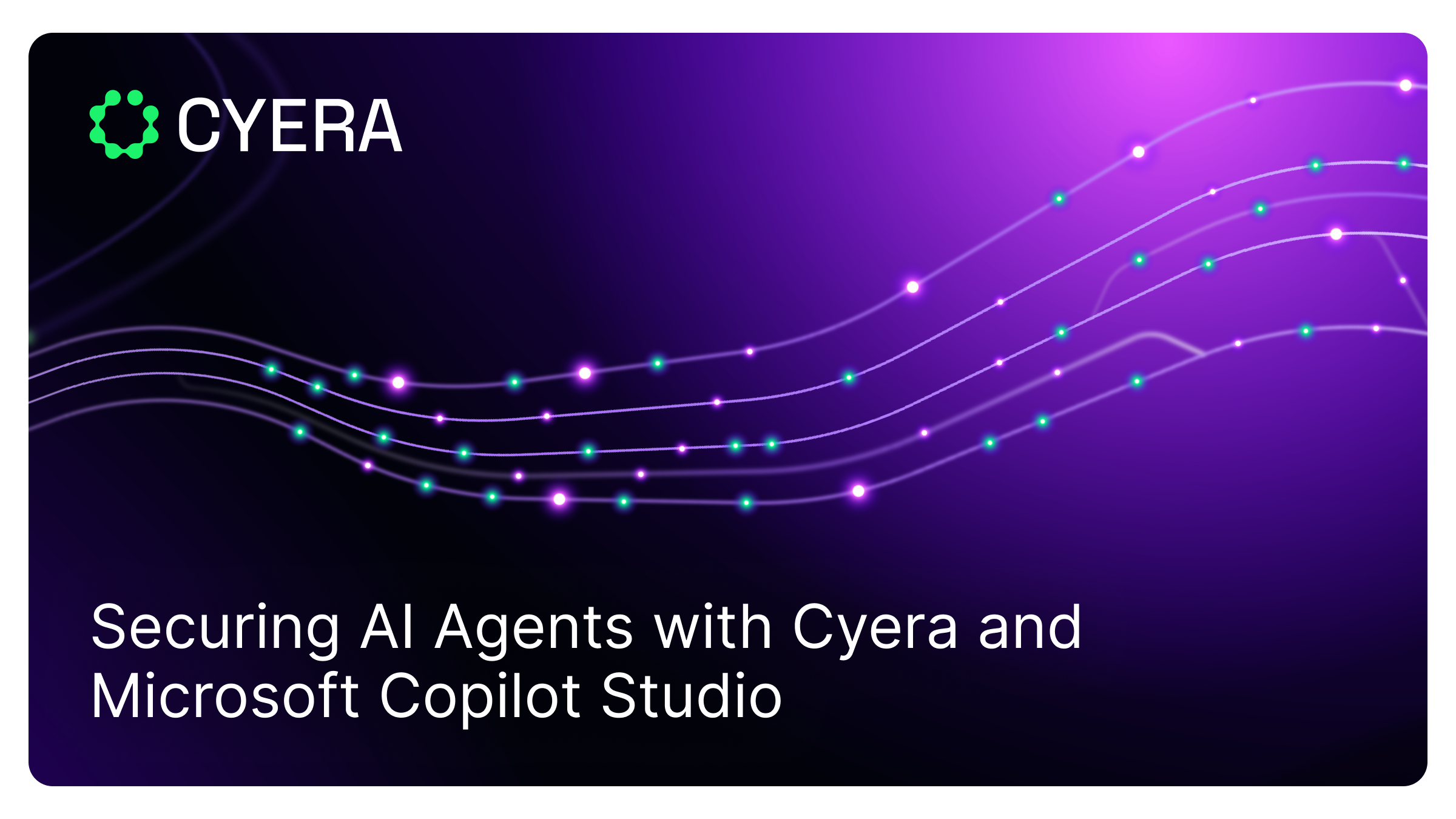4 Steps for a Smooth AI Data Security Strategy Implementation

AI adoption is accelerating across industries, but securing the sensitive data that powers these systems remains a challenge. From sensitive training datasets to compliance requirements and model misuse, the risks are real and growing.
As enterprises expand their use of AI, extending Data Security Posture Management (DSPM) to these environments is becoming vital.
The challenge is knowing how to roll out DSPM in a way that aligns with AI workflows without slowing innovation. In this article, we’ll break down four straightforward steps to help your organization implement DSPM for AI smoothly and effectively.
Implementation Best Practices for DSPM for AI
Rolling out DSPM for AI is not a single step. It's a staged process that builds visibility, control, and compliance over time.
Here’s a phased approach worth following:
Phase 1: Discovery and Assessment
The first step is understanding where AI is being used across your organization. Best practices at this stage include:
- Mapping all AI data sources, including cloud, on-premises, SaaS apps, and third-party AI platforms.
- Using an automated DSPM platform to identify sensitive datasets that may be used for training or inference.
- Pinpointing which teams and users are experimenting with AI tools, including unsanctioned ones.
- Assessing current controls and highlighting gaps that leave data at risk.
Phase 2: Policy Development and Classification
Based on the insights from the discovery phase, you define rules that will govern how data is handled by and for AI.
This involves:
- Creating policies on what data can be used for training, what requires anonymization, and what must never enter AI systems.
- Establishing least-privilege access for developers, data scientists, and operators.
- Using your DSPM solution to configure and enforce access controls that limit AI models to specific, necessary data sets, preventing them from accessing sensitive information they don't require.
- Translating your policies into automated rules within your DSPM platform.
Phase 3: Monitoring and Enforcement
With your policies in place, the DSPM for AI solution moves into its continuous, proactive mode. This phase is about ensuring that your established rules are being followed and that your organization is ready to respond to any new threats.
Your DSPM platform should:
- Monitor AI inputs and outputs in real time to detect risky prompts and responses.
- Alert and block when policies are violated, such as attempts to use PII in training data.
- Integrate with other security tools like DLP, IAM, and SIEM for a unified security posture.
- Generate audit trails that track how sensitive data flows through AI models.
Phase 4: Optimization and Scaling
A DSPM for AI strategy is not a "set it and forget it" solution. The final stage is about making the program sustainable and adaptable as your organization grows, which involves:
- Expanding coverage to new AI platforms and industry-specific applications as they emerge.
- Automating reporting to support ongoing audits and regulatory reviews.
- Measuring ROI by tracking relevant metrics.
Cyera's Approach to DSPM for AI
Cloud-Native AI Data Protection
Cyera's platform is designed to integrate with and provide extensive coverage across cloud, on-premises, and hybrid infrastructures. It offers a solution that is agentless, meaning it can be deployed in minutes without the need to install software on individual systems.
Automated AI Governance and Compliance
Cyera’s automated approach to AI governance includes:
- Intelligent classification powered by proprietary AI/ML that achieves up to 95% precision.
- Compliance mapping that aligns sensitive AI training data with frameworks like GDPR, HIPAA, and others.
- Pre-ingestion guardrails that keep sensitive data from slipping into training sets.
Advanced Threat Detection for AI Environments
Cyera's solution also provides actionable insights and helps mitigate emerging threats. Its dedicated SecOps Mode command center offers key insights and recommended actions to improve your data security posture.
ROI and Business Impact of DSPM for AI
The value of a robust DSPM for AI strategy goes far beyond simply "doing the right thing" and helping your organization stay compliant with relevant regulations. It translates into measurable returns that justify the investment.
Risk Reduction Metrics
The most direct measure of success is a decrease in security incidents and data leaks. DSPM for AI proactively prevents data from being exposed to unauthorized users or unsanctioned AI tools.
And since it provides real-time alerts and deep insights, it also cuts the time needed to detect and fix vulnerabilities, reducing the Mean Time to Remediate (MTTR).
DSPM for AI also reduces the potential attack surface for cybercriminals since it continuously identifies and removes data that is over-privileged, dormant, or obsolete.
Productivity Enhancement
A strong security posture can actually boost productivity in various ways:
- Reduces false positives, allowing security teams to focus on the most critical threats.
- Automates many time-consuming, manual tasks, such as data discovery, classification, and policy enforcement.
- Allows developers and data scientists to safely experiment with approved datasets.
- Supports secure AI adoption at scale so that more business units can benefit from AI tools.
Cost Avoidance and Savings
The financial impact of a single AI-related data breach can reach millions in fines, legal costs, and brand damage. DSPM for AI helps prevent these outcomes by:
- Blocking unauthorized use of sensitive data before it creates liability.
- Avoiding the cost of remediating misused or poisoned training data.
- Reducing audit preparation time through automated compliance reporting.
- Minimizing overhead by consolidating AI monitoring into one platform instead of multiple tools.
Future of DSPM for AI: 2025 and Beyond
The AI space is anything but static. Sadly, the same goes for the risks and security challenges it presents. The future will be defined by three key trends:
Emerging AI Governance Frameworks
Governments and international bodies are introducing thorough regulations to govern AI development and deployment. This means DSPM for AI solutions will need to provide proof of compliance, assess bias in training datasets, and more.
AI-Generated Content Governance
As generative AI content becomes more prevalent, a new security concern has emerged: the integrity and security of the content it creates. DSPM for AI must expand from guarding input data to monitoring outputs, ensuring generated content does not leak confidential information, violate compliance rules, or create reputational risks.
Autonomous AI Agent Monitoring
AI agents that can access applications, make decisions, and interact with data on their own present a new security challenge. DSPM for AI will be the only way to manage these new, non-human actors. It will learn the normal behavior of an agent and alert security teams to any deviations, such as an agent trying to access a database outside its usual scope.
Getting Started: DSPM for AI Implementation Checklist
Here's a practical checklist to follow for successful DSPM for AI implementation:
Technical Prerequisites
Before rolling out DSPM for AI, have the right technical infrastructures in place. This includes:
- Data inventory tools to map and track sensitive data across systems.
- APIs and integrations with AI platforms.
- Centralized logging systems to capture model interactions and data flows.
- Extension support for existing DSPM, SIEM, and IAM tools.
Organizational Readiness
Technology is only one part of the equation. Your organization needs to be ready to adopt and sustain the new DSPM for AI program. This requires a strong commitment from leadership and a clear communication plan for all employees. Cross-functional collaboration between security, IT, legal, compliance, and even data science teams is also important.
Vendor Selection Criteria
Choosing the right DSPM is a decision that will impact the success of your entire strategy. Evaluate vendors based on AI-aware discovery and classification capabilities, real-time monitoring, integration with cloud and third-party AI platforms, and compliance reporting features.
Conclusion
AI adoption is moving faster than most security strategies can keep up with, and unmanaged data exposure is already creating real risks. DSPM for AI gives organizations the visibility, control, and governance needed to protect sensitive information while securely enabling AI.
If you're looking to go beyond basic visibility, a dedicated DSPM platform like Cyera provides the coverage needed to address shadow AI, protect training data, and prepare for emerging regulations.
Getting started is easy. Our agentless deployment model means that your security teams can begin identifying risks and protecting data in hours, while scaling to more advanced governance over time.
FAQs
What are the biggest risks DSPM for AI helps prevent?
DSPM for AI prevents critical risks like:
- Data breaches that expose sensitive training or operational data.
- Shadow AI usage that violates compliance requirements.
- Data poisoning attacks that compromise model integrity.
- Prompt injection attempts that extract sensitive information from AI models.
- Data mismanagement that could compromise model accuracy or introduce bias.
How quickly can organizations implement DSPM for AI?
The speed of implementation varies, but it can be fast with a solution like Cyera that integrates easily with your existing infrastructure. A basic setup to gain initial visibility into AI usage and prevent major data leaks can be done in days or weeks.
A full-scale implementation, however, is a longer-term strategic project that can take 3-6 months or more. It involves:
- Setting up automated remediation.
- Integrating with compliance tools or DLP.
- Refining classification for unstructured data.
- Creating and refining custom policies for data governance.
- Integrating with DevSecOps workflows.
With Cyera, deployment is agentless and takes only minutes. Also, full environment scanning and classification can be completed within hours.
What compliance frameworks does DSPM for AI support?
DSPM for AI solutions support regulatory and industry standards, including:
- Data privacy laws: GDPR, CCPA, HIPAA.
- Financial compliance: SOC 2, PCI DSS.
- AI governance: Emerging AI regulations and internal model risk policies.
- Industry-specific standards: Depending on enterprise requirements, such as ISO 27001 or NIST frameworks.
Gain full visibility
with our Data Risk Assessment.



